New Year’s Cards (年賀状) Posted by eriko1 on Jan 5, 2021 in Culture, Vocabulary
明けましておめでとうございます。(A happy new year. Akemashite omedetogozaimasu)
Let us start the 2021 blog with the Japanese declining tradition (伝統 dento)- New Year’s Cards called 年賀状(nengajo). It is a postcard with New Year’s greetings. You can purchase 年賀状 from your post office with a lottery number printed on them. In the New Year, numbers are drawn on TV and winners get awards.
年賀状can be purchased blank (but with a lucky number) or pre-printed with a particular eto (干支) animal on it.
Eto is represented by zodiacal animals that form a 12-year cycle. 2021 will be a year of the ox. In Eto, the kanji for “ox” is expressed differently as in丑年(ushi doshi) instead of 牛年(ushi doshi).
年賀状used to be a big deal – the most anticipated event on New Year’s Day as much as New Year’s Day money gift called お年玉(otoshidama). A small envelope that contains お年玉 is called お年玉袋 (otoshidama bukuro) or ポチ袋 (pochi bukuro). The Japan Post hires part-time workers (アルバイト arubaito) to sort and deliver those 年賀状 on the first day of New Year. We used to get so many cards on New Year’s Day. Most cards were for my father, but I used to get a good number of cards from friends. Sometimes, you received a card from unexpected friends, and you needed to write cards back and post them immediately. We continued to get the card until around January 7thor so. Even for a child, it was an important social obligation (義務gimu)! It was also a good chance to show off your artistic talent on the card. However, because of the internet and SNS, well you guessed it, the 年賀状 has been declining for years.
According to http://www.garbagenews.net/archives/2114695.html, the record number of 年賀状 issued at the Japan Post was 4,459,360,000 in 2003. Please be reminded that the numbers represent the年賀状 issued at the Japan Post and it does not include store-bought 年賀状. Since then, the issuance number has been declining. Reasons being 1) declining population in Japan and 2) popularization of the internet.
Over the years, 年賀状contributed to many technological advances (進歩 shinpo) among Japanese households.
Means of expression have changed from年賀状 to social networking service, but the greetings phrases remain the same. But remember, there are so many levels of politeness and ways to express politeness in Japanese. Depending on whom you are writing to, phrases do change, and it is most complicated.
https://nenga-res.com/sample/messages/lists 105 cases! In general, the phrases consist of 5 elements; 1) congratulatory greeting, 2) a short note explaining your current situation or appreciation, 3) a short note to wish receiver happiness, health, or success, 4) a short note asking the receiver for the continuing support, and finally 5) the date. Each element above has rules. That may be another reason why the 年賀状has been in decline. Courtesy and tradition are important, but the best 年賀状or any greeting card is one that has a personal touch.
今年が良い年になりますように!(May this year be a good one!)

Build vocabulary, practice pronunciation, and more with Transparent Language Online. Available anytime, anywhere, on any device.



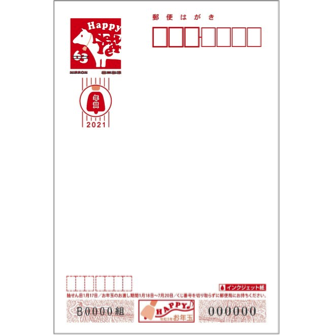
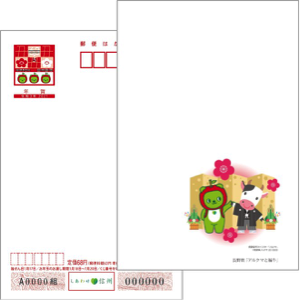
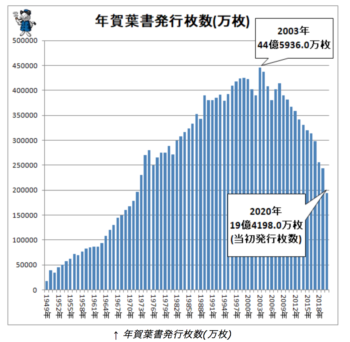
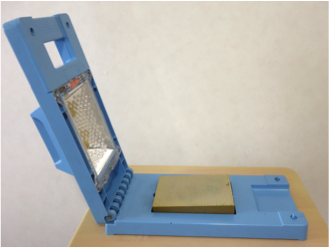
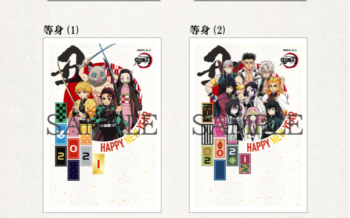
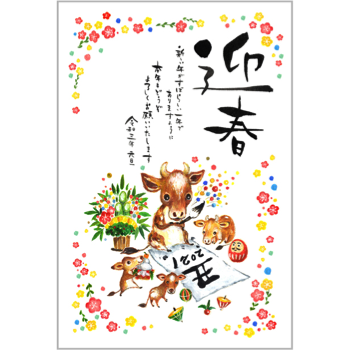

Comments:
Jesse:
Wow, that is so interesting. Thank you for teaching us this ?